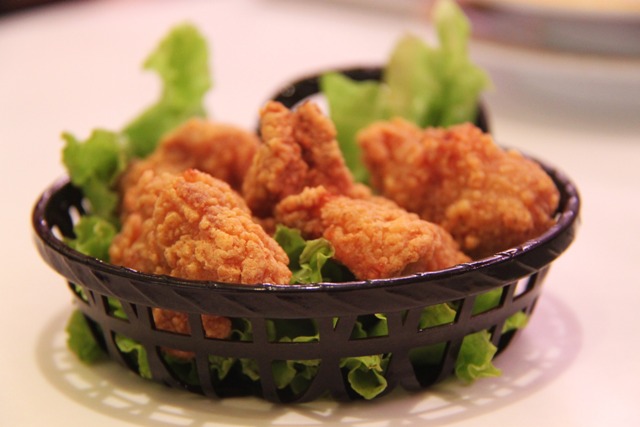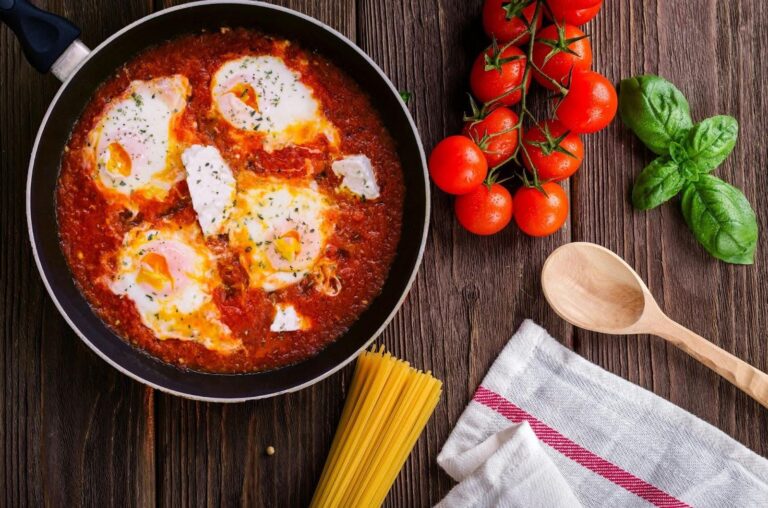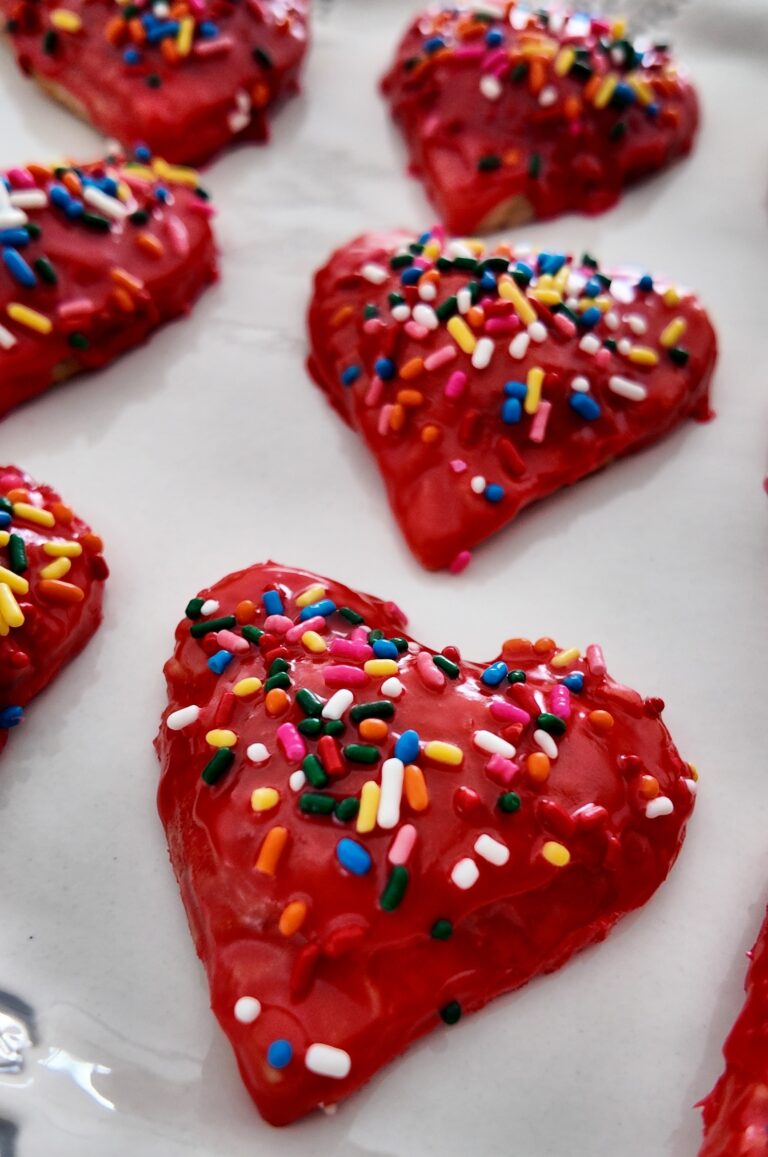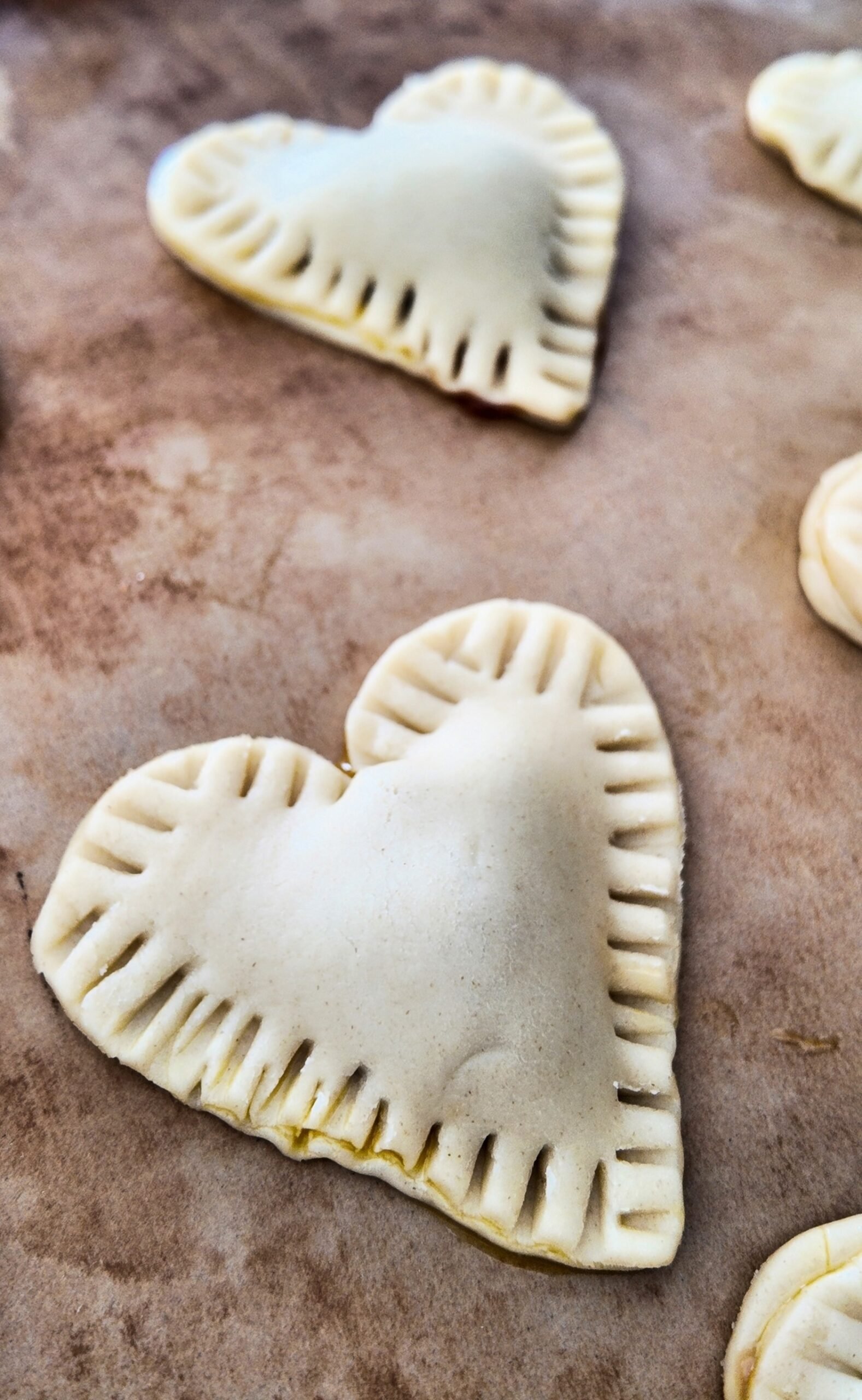Who doesn’t love crispy fried chicken? That golden, crunchy coating with juicy, flavorful meat inside is a universal comfort food. But the real challenge? Keeping it crispy long after it’s out of the fryer! No one wants soggy chicken, and if you’ve ever tried storing or reheating fried chicken, you know the struggle is real.

Don’t worry—we’ve got you covered! In this guide, we’ll walk you through the best ingredients and cooking methods to ensure your fried chicken stays crispy for as long as possible. Whether you’re making it for a picnic, a party, or just a cozy dinner, these tips will help you keep that perfect crunch intact.
The Secret Starts with the Right Ingredients
Use the Right Flour Blend
The base of a crispy coating is all about the flour. Instead of just regular all-purpose flour, try mixing in some cornstarch. A good ratio is 3 parts flour to 1 part cornstarch. This combination gives the chicken that extra crispy and airy texture.
For an even better crunch, consider using rice flour or potato starch. These ingredients absorb less oil and result in a crispier bite.
Seasoning Matters
While crispiness is key, flavor is just as important! Before you even coat your chicken, season it well with salt, pepper, garlic powder, paprika, and a touch of cayenne for heat. A well-seasoned chicken ensures that every bite is as delicious as it is crunchy.

Buttermilk Brine for Juiciness
Soaking chicken in buttermilk for at least 4 hours (or overnight) does wonders. It tenderizes the meat and helps the flour coating stick better, resulting in a more even and crispy crust.
For extra flavor, add a bit of salt and hot sauce to the buttermilk mixture. This infuses the chicken with a tangy, spicy kick!
The Best Cooking Methods for Maximum Crunch
Double Dredging for Extra Crunch
Want an even crispier crust? Double dredging is the way to go. Here’s how:
- Remove the chicken from the buttermilk and let excess liquid drip off.
- Coat it in the seasoned flour mixture.
- Dip it back into buttermilk for a second layer.
- Coat it again in the flour mix before frying.
This creates an extra thick and crunchy layer that holds up longer.
The Right Oil Temperature
The key to perfectly fried chicken is keeping your oil at the right temperature. If it’s too hot, the outside will burn before the inside cooks. If it’s too low, the chicken will absorb too much oil and become greasy.
The ideal frying temperature is between 325°F to 350°F (163°C to 177°C). Use a thermometer to check the oil and adjust the heat as needed.
Don’t Overcrowd the Fryer
Frying too many pieces at once lowers the oil temperature, leading to soggy chicken. Fry in small batches and give the pieces space to cook evenly.
Drain Properly
After frying, place your chicken on a wire rack instead of paper towels. Paper towels can trap steam, making the chicken soggy. A wire rack allows air to circulate, keeping it crispy longer.
How to Keep Fried Chicken Crispy for Hours
Let It Rest on a Wire Rack in the Oven
If you’re not serving the chicken immediately, keep it warm in the oven at 200°F (93°C) on a wire rack. This keeps it hot and crispy without drying it out.
Avoid Stacking
Stacking fried chicken traps steam, softening the crust. Lay the pieces in a single layer to maintain their crispiness.
Use a Paper Bag Instead of Plastic for Transport
If you need to transport your fried chicken, avoid sealing it in an airtight container or plastic bag. Instead, use a paper bag or a box with ventilation holes. This helps prevent condensation from making the chicken soggy.
The Best Way to Reheat Fried Chicken
Fried chicken leftovers? No problem! Here’s how to reheat it without losing that crispiness:
Oven Method (Best Choice)
- Preheat your oven to 375°F (190°C).
- Place the chicken on a wire rack over a baking sheet.
- Bake for 15–20 minutes until hot and crispy.
Air Fryer Method (Quickest)
- Set your air fryer to 375°F (190°C).
- Place the chicken in a single layer and heat for 5–7 minutes.
- Shake the basket halfway through for even crisping.
Skillet Reheat (For Small Batches)
- Heat a small amount of oil in a pan over medium heat.
- Place the chicken in the pan and reheat for a few minutes on each side until crispy.
Avoid microwaving fried chicken unless you like soggy results!
Bonus Tip: Save Your Fry Oil for Future Batches
Frying chicken takes a lot of oil and tossing it after one use is wasteful. The good news? You can filter and reuse your oil! Check out Save Fry Oil – Filters to keep your oil clean and fresh for multiple uses. This not only saves money but also ensures consistent flavor and texture for your fried foods.
Final Thoughts
Making crispy fried chicken that stays crunchy isn’t just about frying—it’s about using the right ingredients, techniques, and storage methods. By following these tips, you’ll enjoy delicious, crispy chicken that stays perfect for hours.
So go ahead, whip up a batch, and impress your family and friends with your perfectly crispy fried chicken skills!
If you’re in the mood for another chicken recipe, then try my Indian spiced butter chicken.





















